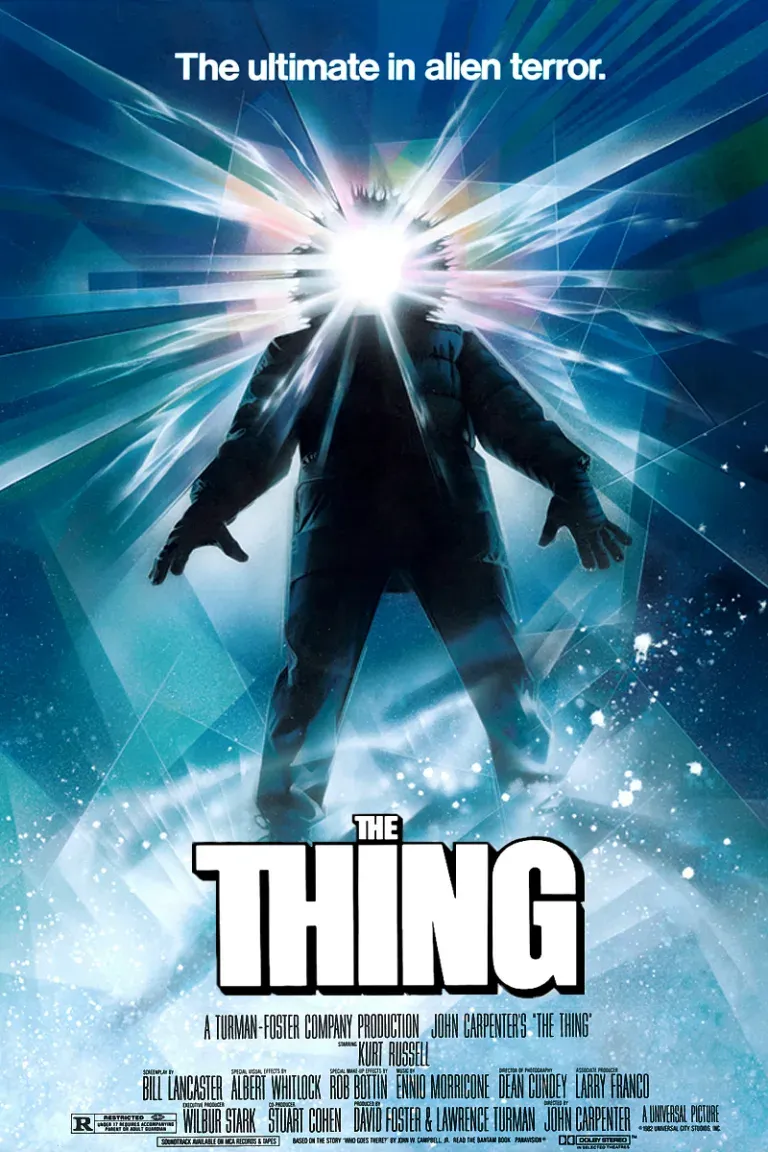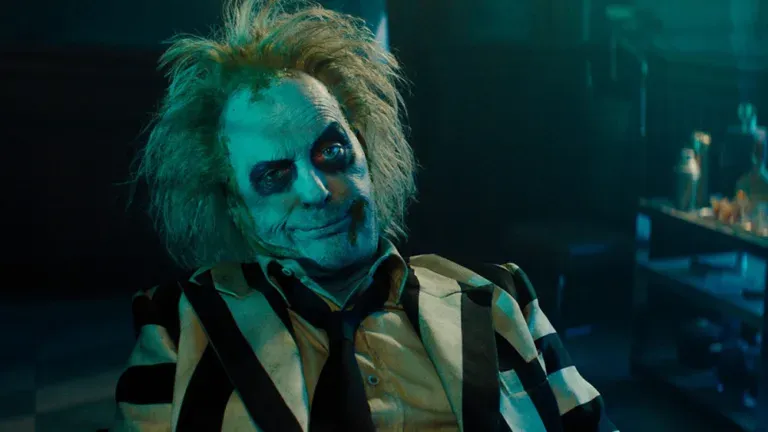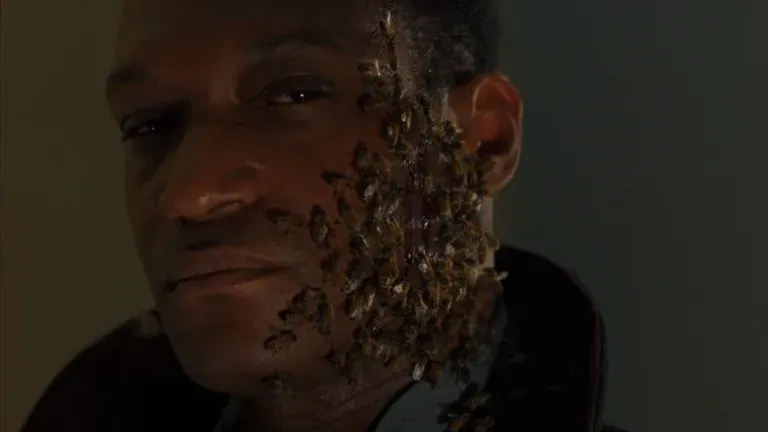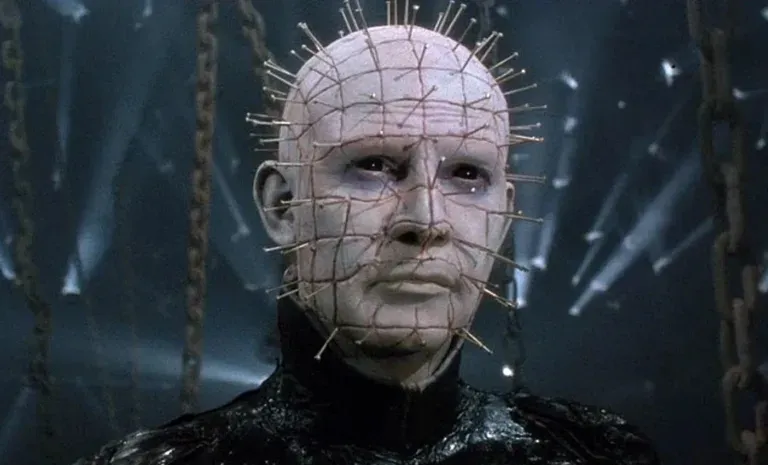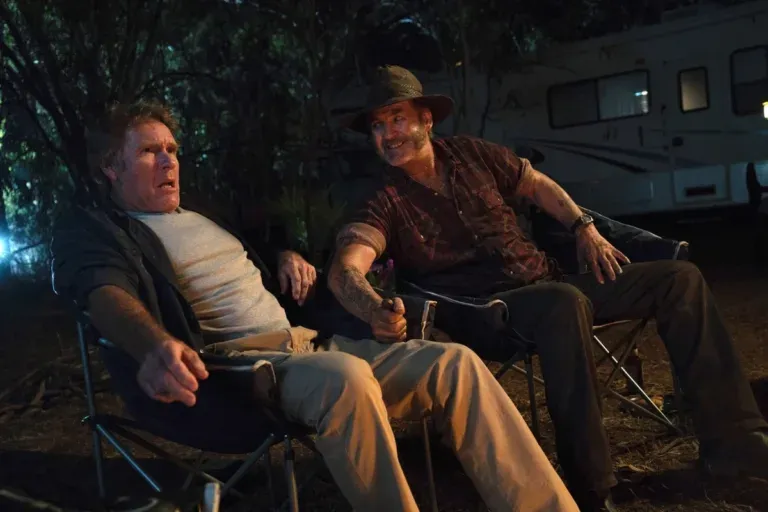The Fly
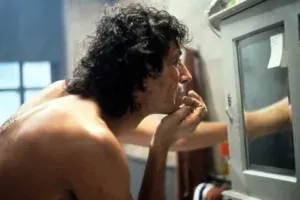 The Fly by David Cronenberg (1986)
The Fly by David Cronenberg (1986)
Scientist Seth Brundle is developing revolutionary teleportation technology. But during one of the experiments, something goes wrong and the consequences will be terrifying.
Quote.
“Insects don’t have politics. They’re very brutal. No diplomacy. No arts. No compromise. You can’t trust the insect.
I’d like to become the first insect politician. You know, I’d like to, but…”
“I don’t know what you’re trying to say.”
“I’m saying… I’m saying I’m an insect who dreamt he was a man and loved it. But now the dream is over… and the insect is awake.”
“No, no, Seth.”
“I’m saying… I’ll hurt you if you stay.”
 The Brundlefly.
The Brundlefly.
Be afraid. Be very afraid.
This is what Veronica warns the unwitting woman dragged into Seth’s now uncontrollable apartment/lab. Because once the boundary has been crossed, there’s no turning back.
The thirst for knowledge becomes insatiable and cannot be stopped. The scientist reacts with awe and wonder, facing the horror of his transformation and cherishing the pieces of his decay in the bathroom cabinet.
Like sacred relics.
But then, how far is it permissible to go in the name of science or personal glory?
What can be considered right and wrong?
And why does a simple, common fly have the power to irreversibly escalate the situation?
 Considerations.
Considerations.
Cronenberg remakes the 1958 film of the same name, which in turn is based on a short story by George Langelaan published in 1957.
He personally handles the screenplay and creates a film that works perfectly on several levels.
Firstly, he succeeds in the not-so-easy task of making the story believable. Indeed, to the viewer, while watching the film, what happens to the main character seems plausible. Seth’s bizarre story works precisely because of the skillful fusion of images and words used to describe the course of events. During the first part of the film, a genuine sympathy develops from the audience towards the characters, which persists until the end, despite all the horror and decay.
 The birth of the love story between the eccentric scientist and the beautiful journalist follows the traditional canons of romantic comedy. But even when the film transforms into something else, descending into images laden with blood and gore, empathy for the protagonists never ceases. Despite Seth’s repulsive appearance, an eventual happy ending is hoped for until the conclusion of the film.
The birth of the love story between the eccentric scientist and the beautiful journalist follows the traditional canons of romantic comedy. But even when the film transforms into something else, descending into images laden with blood and gore, empathy for the protagonists never ceases. Despite Seth’s repulsive appearance, an eventual happy ending is hoped for until the conclusion of the film.
The actors play a crucial part in this process.
Jeff Goldblum, a wonderful actor, succeeds in the daunting task of making scientist Seth likable and evoking compassion for the horrific creature resulting from his experiments.
Geena Davis, Goldblum’s real-life partner at the time, brilliantly portrays all the conflicting emotions of her character.
Even John Getz, Veronica’s boss and former boyfriend, works well in the dual role of antagonist (at the beginning of the film) and ally to Davis in the finale.
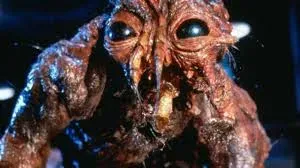 The Fly explores the theme of bodily transformation, with a particular emphasis on the physical and psychological aspects of change.
The Fly explores the theme of bodily transformation, with a particular emphasis on the physical and psychological aspects of change.
It raises questions about the ethical responsibilities of science and the unforeseen consequences of scientific experimentation.
The relationship between Seth and Veronica becomes a tragic example of love and sacrifice, as she tries to help him despite his increasing monstrosity.
The special effects, crafted by Chris Walas and Stephan Dupuis, were highly innovative for the time and played a crucial role in depicting Brundle’s horrific transformation into a man-fly hybrid. The makeup and prosthetic effects were widely praised and won an Academy Award for Best Makeup.
The Fly was Cronenberg’s biggest commercial success, highly appreciated by critics as well. It became one of the most iconic horror films of the 1980s, thanks also to the introduction of dramatic and philosophical elements.
Subscribe to our YouTube channel

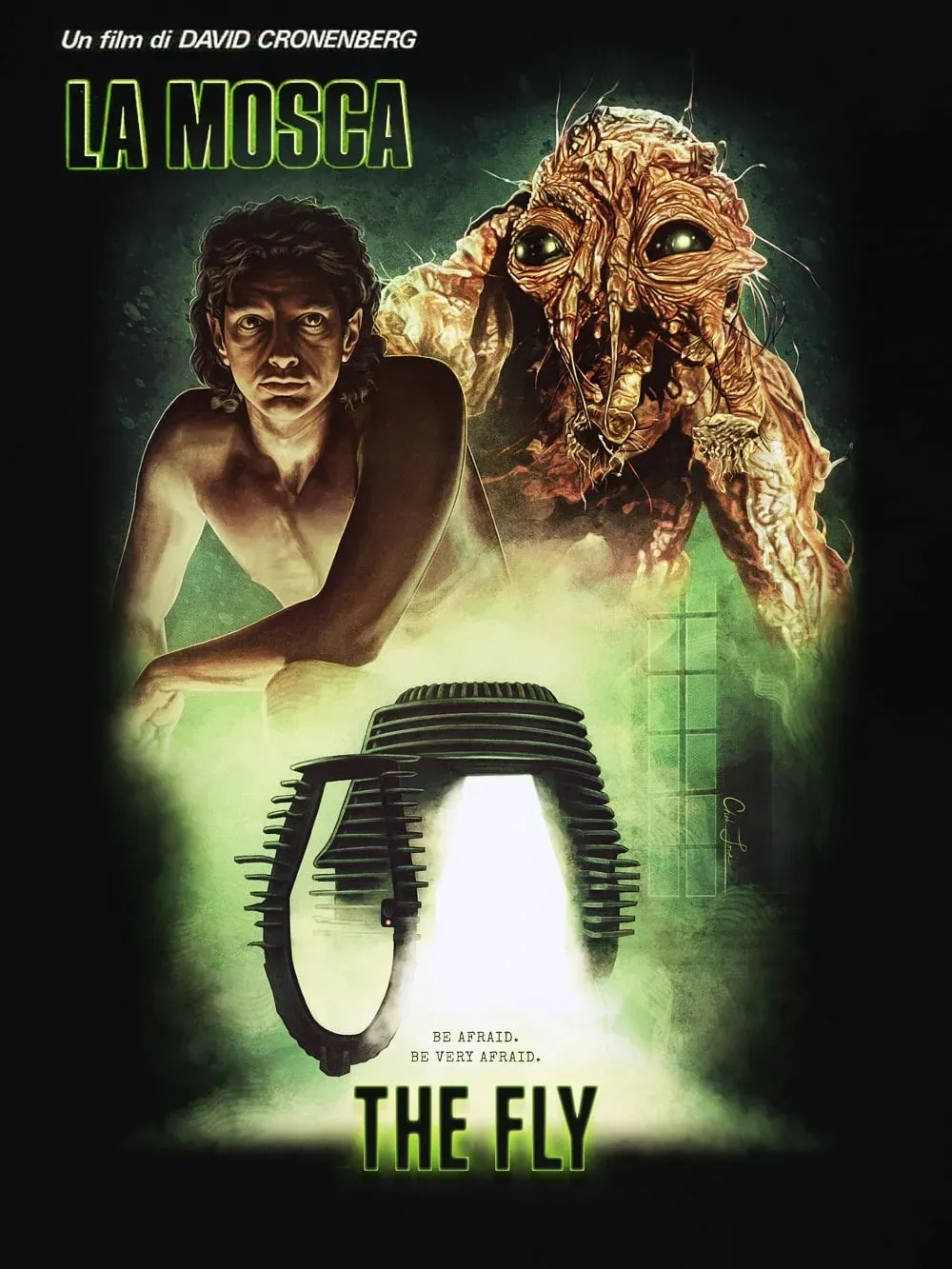
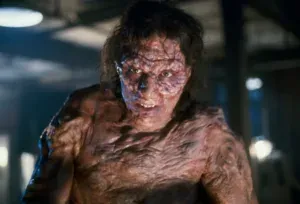 The Brundlefly.
The Brundlefly.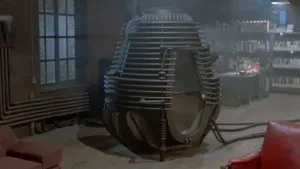 Considerations.
Considerations.